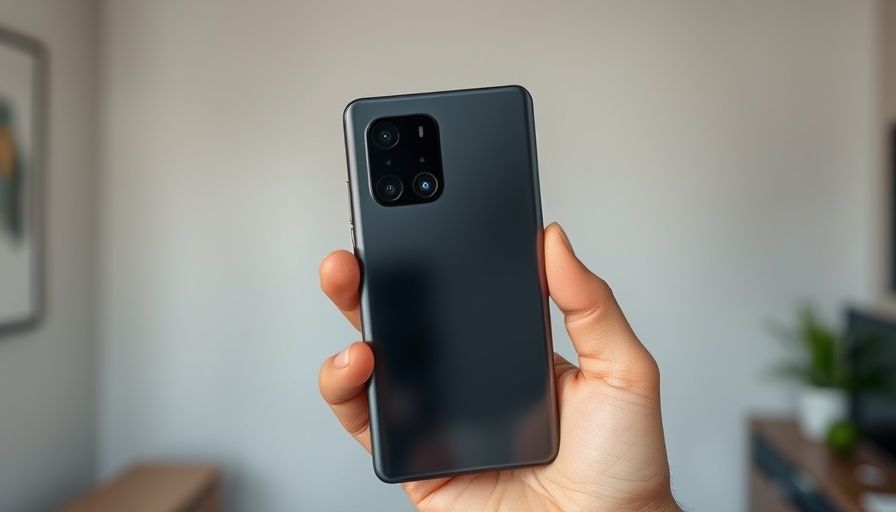
Samsung Galaxy S26 Edge: What You Need to Know
As the anticipation builds for the upcoming Samsung Galaxy S26 Edge, recent leaks have unveiled both promising and disappointing news regarding its battery upgrades. Set to launch in January 2026, the S26 Edge is generating buzz among tech enthusiasts, particularly those who cherish efficiency and longevity in their devices.
Sticking with Traditional Technology: A Missed Opportunity?
A significant letdown for many is the revelation that the Galaxy S26 Edge will continue to utilize traditional lithium-ion battery technology. Earlier rumors suggested a move to pioneering silicon-carbon batteries, which could have dramatically enhanced capacity and recharge efficiency. Unfortunately, regulatory documents have confirmed that this leap forward won’t occur—at least not in this iteration. For those looking forward to longer battery life and enhanced performance, this news feels like a setback.
Improved Capacity: A Silver Lining in the Battery Upgrade
Despite the disappointment regarding battery technology, there is some positive news to hold onto. The Galaxy S26 Edge is expected to sport a larger 4,200 mAh battery compared to the 3,900 mAh seen in its predecessor, the Galaxy S25 Edge. For users who are always on the go, the increase in battery capacity may provide the much-needed boost in endurance that they have been craving. It’s a slight upgrade that promises more time between charges, making a difference in everyday usability.
Potential for Optimization: Can Software Save the Day?
It’s not just about hardware. Samsung's ability to optimize software to enhance battery performance could play a crucial role. With a combination of improved hardware and software management, the company might deliver a smartphone that meets user satisfaction. Tech-savvy owners, particularly in smart and connected homes, could benefit wonderfully from these advancements, as optimized battery life equates to a more reliable smart home ecosystem.
Changing the Game: A Shift in Model Strategy
The Galaxy S26 Edge faces a significant strategic realignment as it seems poised to fill the gap left by the possible absence of the Galaxy S25 Plus model. This shift might streamline the Galaxy S26 line into a more focused offering, potentially appealing to homeowners looking to simplify their selection of devices without sacrificing quality or performance. The tech landscape is ever-changing, and adapting to these shifts can often lead to better choices for consumers.
What Lies Ahead? The Future of Tech in Smart Homes
As both homeowners and tech enthusiasts in London increasingly embrace smart and connected homes, the upcoming Galaxy S26 series will play a pivotal role in shaping this home automation movement. With Samsung's reputation for integrating cutting-edge technology into everyday life, the focus on battery performance and efficiency will undoubtedly influence buying decisions.
Your Takeaway: How This Affects You
For young homeowners who prioritize tech in their lives, being informed about these developments can guide your purchasing decisions. Opting for devices that enhance your daily efficiency and integrating them into your smart home can create a harmonious and functional living space. As we gear up for the S26’s release, consider how the specific features—such as battery life, connectivity options, and smart home compatibility—will fit into your lifestyle.
In our fast-paced world, it’s vital to stay informed about the latest tech advancements, especially those that impact our homes and daily routines. The Galaxy S26 Edge may not hit every mark we anticipated, but it still has aspects worth celebrating. Stay tuned for updates as we get closer to its launch date!
Stay Connected and Informed
To ensure you don't miss any updates on the latest tech trends and tips for optimizing your home, be sure to subscribe to our newsletter. Keep your smart home functioning at its best with the latest insights and product reviews!
 Add Row
Add Row  Add
Add 




Write A Comment